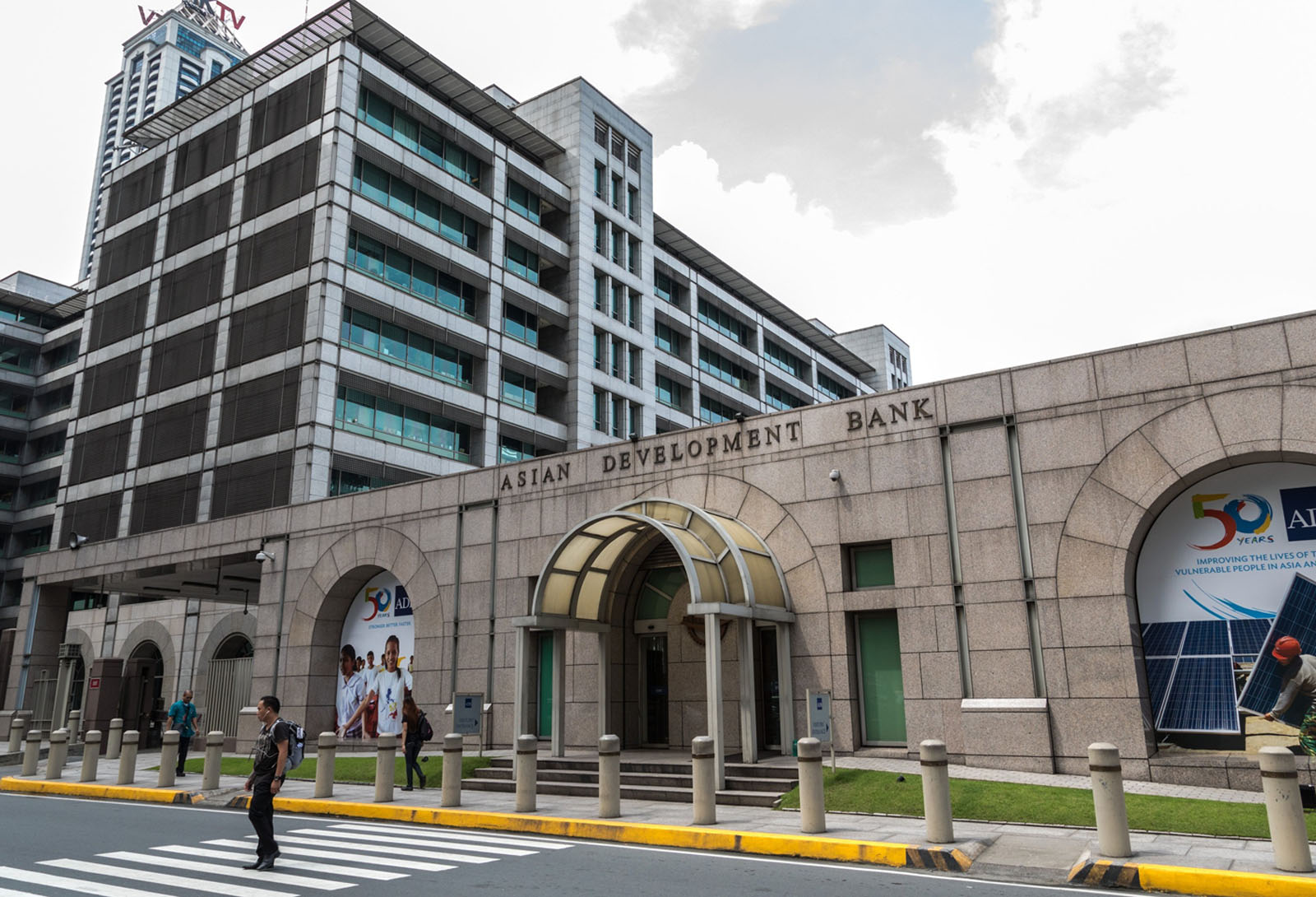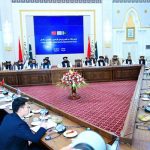A diagnostic report by the Asian Development Bank (ADB) highlights Pakistan’s persistent digital gender divide, with women 35% less likely than men to own mobile phones and 38% less likely to use mobile internet. While 81% of men own phones, only 52% of women do—though the actual gap may be wider, as many women access phones registered under male relatives’ names. The findings, sourced from GSMA’s 2023 Mobile Gender Gap Report, underscore systemic barriers like family restrictions, online harassment, and low female representation in ICT education (just 14% of graduates).
Cultural and socioeconomic factors exacerbate the divide. 5% of women report concerns about unwanted calls/messages (vs. 3% of men), while 2% fear identity theft—a worry men don’t share. Rural women face compounded challenges, including limited digital skills, security fears, and cost barriers. Computer literacy shows a 35% gender gap, reflecting women’s marginalization in tech adoption.
The report also reveals stark urban-rural disparities. Over 60% of Pakistanis live in rural areas, where internet access lags due to poor infrastructure and unaffordable devices. Even when connectivity exists, low digital literacy—especially among women—hampers usage. Meanwhile, cities benefit from broadband access and faster networks, deepening inequality.
As Pakistan undergoes rapid digital transformation—with advances in cloud computing, automation, and hybrid work—the ADB stresses the urgency to address these gaps. Solutions require infrastructure investment, subsidized devices, gender-sensitive digital training, and policy reforms. Bridging the divide is critical to ensuring inclusive growth and keeping pace with global digital trends. Without intervention, millions risk being left behind in Pakistan’s tech future.














